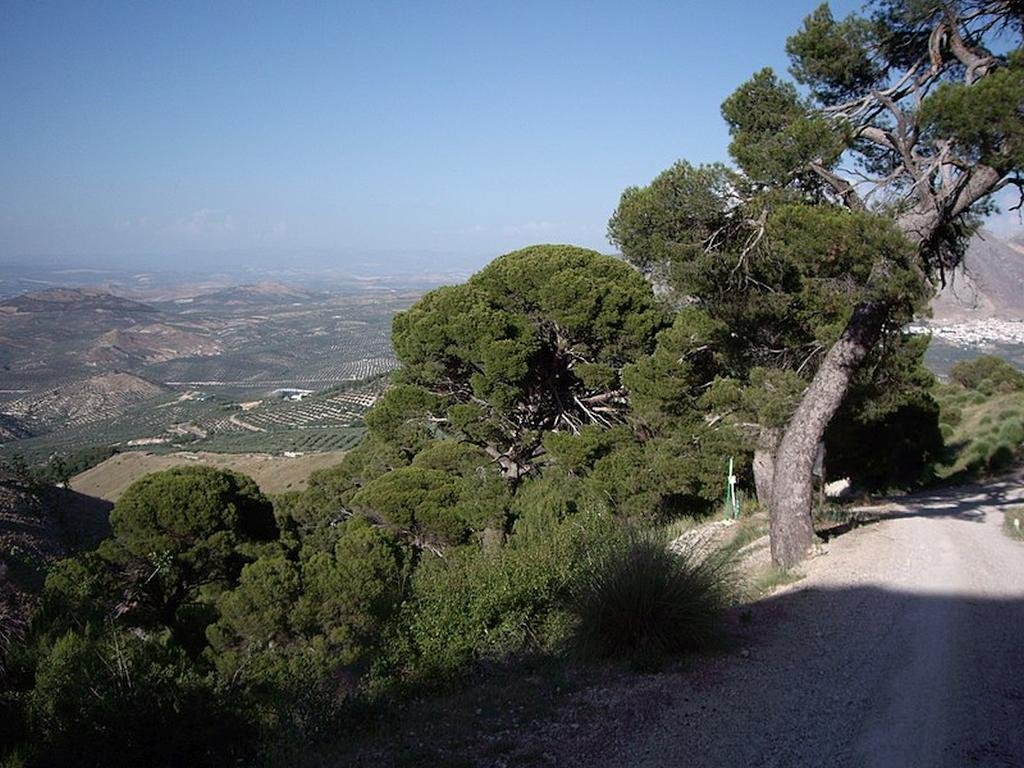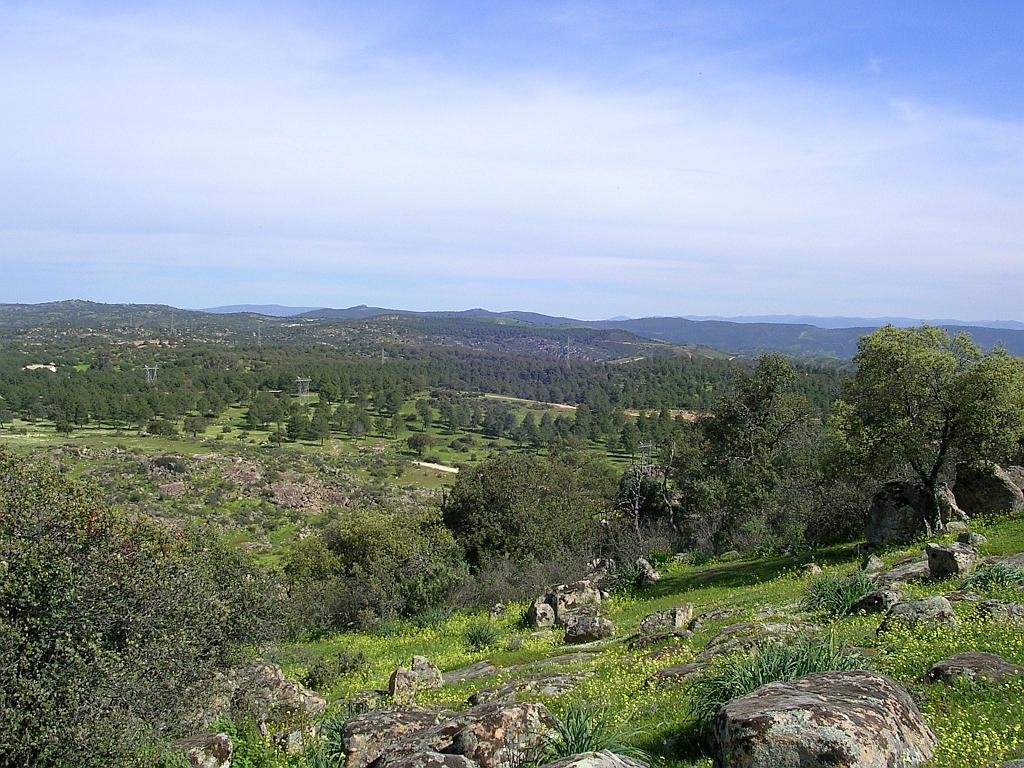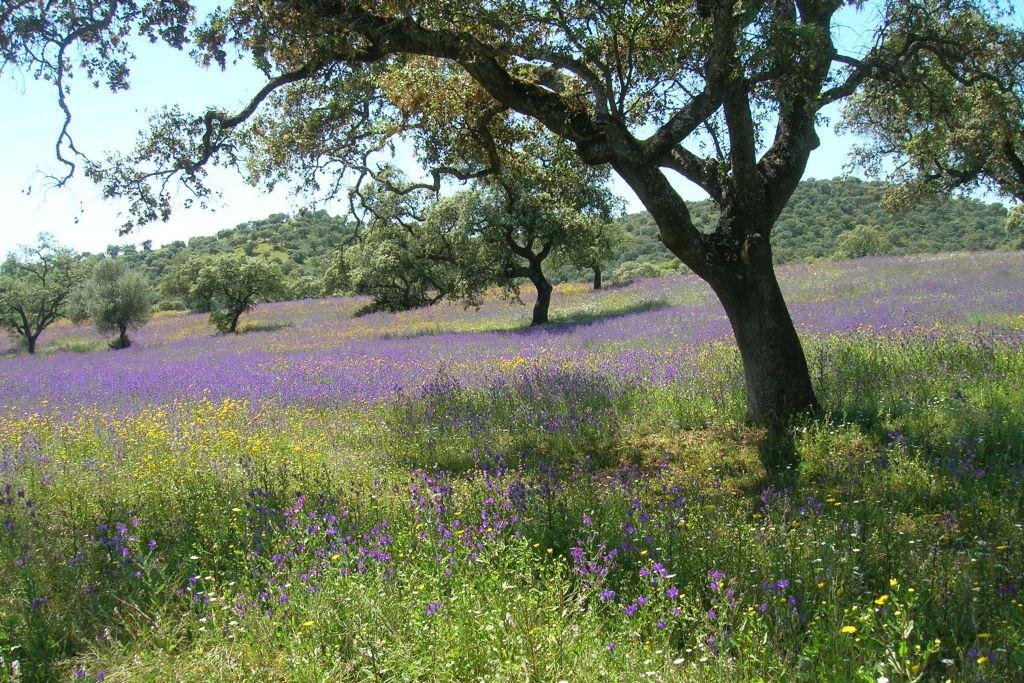- Region: Andalucia
- Province: Jaén
- Declared a Natural Park: 1989
- Park surface area: 19,961 hectares
Points of interest
There are three peaks over 2000m within the Sierra Mágina park. The highest is Mágina which stands at 2,165m and dominates the limestone terrain. This area is part of the Cordillera Subbetica range and along with other mountains in the area has a selection of highly specialized plants that are endemic to the park.
I’ve been living in this lovely area of Western Andalucia for the last 20 years or so and dedicate most of my time to the running of English language tourist information websites for the towns of Cádiz, Ronda, Grazalema, the famous or infamous Caminito del Rey, and also Wildside Holidays, which promotes sustainable and eco-friendly businesses running wildlife and walking holidays in Spain. My articles contain affiliate links that will help you reserve a hotel, bus, train or activity in the area. You don’t pay more, but by using them you do support this website. Thankyou!



